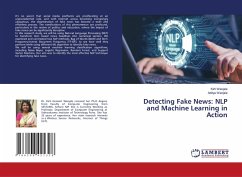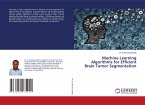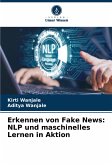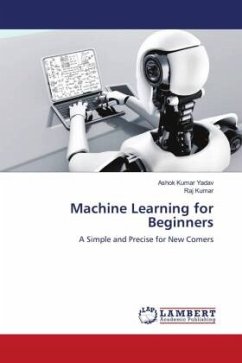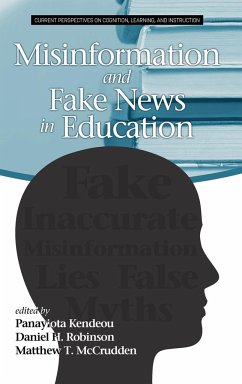It's no secret that social media platforms are proliferating at an unprecedented rate, and with internet access becoming increasingly ubiquitous, the dissemination of fake news has become a swift and effortless process. The ramifications of this phenomenon are profound, particularly in the realms of politics and education, where the impact of fake news can be significantly disruptive.In this research study, we will be using Natural Language Processing (NLP) to transform text- based news headlines into numerical vectors. We examined and contrasted two NLP methods, Bag of Words (BoW) and Term Frequency-Inverse Document Frequency (TF-IDF), to see how well they perform while using different ML algorithm to identify fake news.We will be using several machine learning classification algorithms, including Naïve Bayes, Logistic Regression, Random Forest, and Support Vector Machine. Our aim was to identify the most effective NLP technique for identifying fake news.
Bitte wählen Sie Ihr Anliegen aus.
Rechnungen
Retourenschein anfordern
Bestellstatus
Storno

